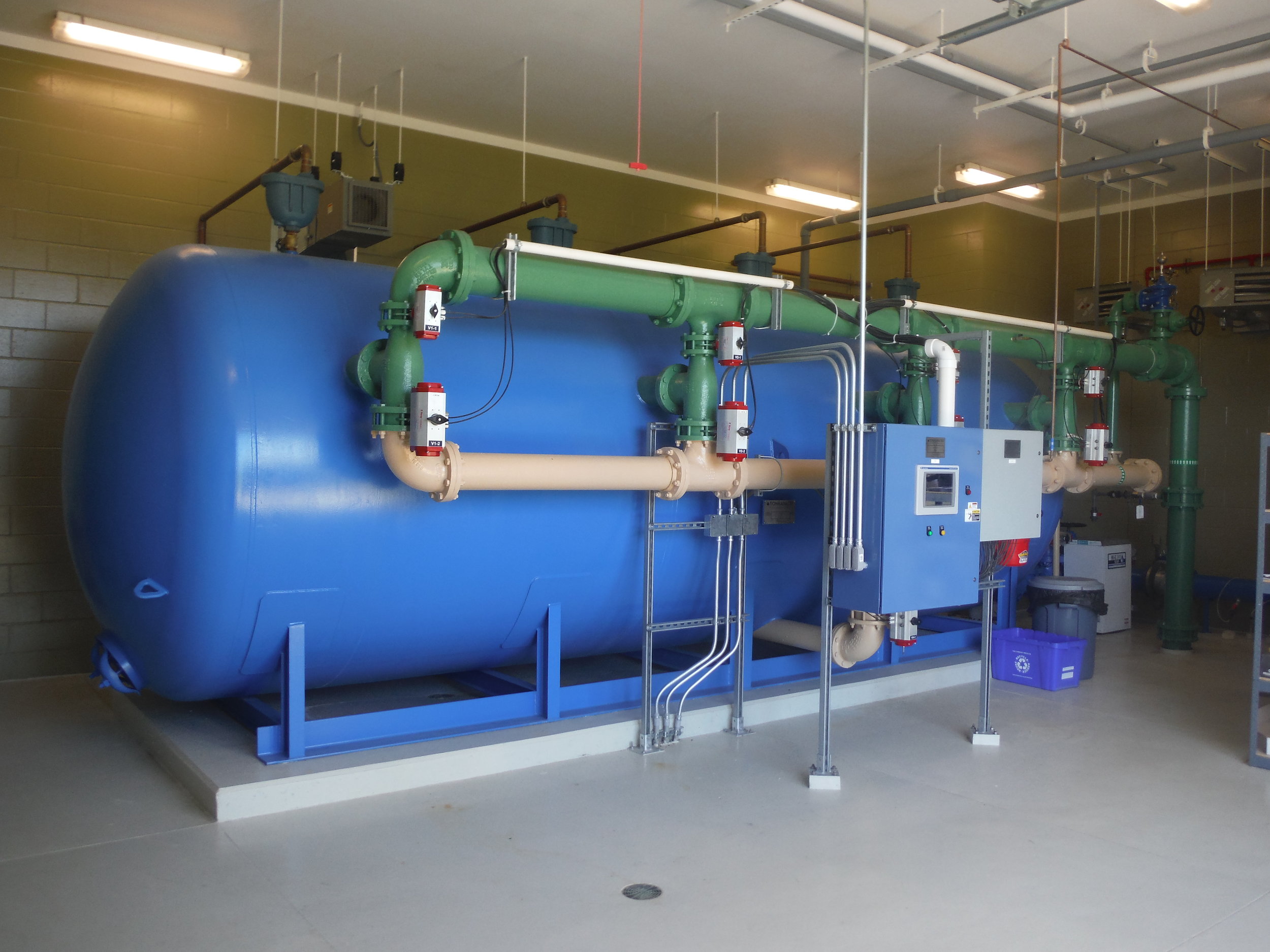In partnership with R/M, the Racine Water & Wastewater Utility (RWWU) and the Village of Mukwonago were named 2021 Engineering Excellence Award State Finalists by the American Council of Engineering Companies of Wisconsin. Learn more about these award winning projects and their positive impact on local communities.
The deadline to comply with America’s Water Infrastructure Act (AWIA) is rapidly approaching. Utilities serving 3,301 to 49,999 individuals must submit a RRA certification of completion to the EPA by June 30th, 2021. Learn what tools are available to protect your utility and remain compliant with the EPA.
With the promise of sunshine and spring flowers ahead, it’s time to line up the field surveys needed for project approvals. To avoid unanticipated delays, wetland and other environmental screenings and/or field work should be handled early in the project design process. Set your next project up for success and learn the who, what, where, and why of wetland delineations.
America’s Water Infrastructure Act (AWIA) requires municipal water systems serving more than 3,300 people to complete a Risk and Resilience Assessment and develop an Emergency Response Plan. Many communities must submit proof of completion before 2021. Here’s what your utility needs to know in order to protect your utility and remain compliant with the EPA.
EDR, CREC, TSS, WRAPP, MS4, UST… what’s it all mean? Working on environmental permits and inspections often involves the use of several acronyms, and decoding each and every one of them can get a little overwhelming. We created this simple, printable cheat sheet to give you and your team quick and easy access to the most frequently used environmental services acronyms in one place.
Infiltration and inflow (I/I) can cause significant problems for your municipality and its residents. Here are a few tips to help your community maintain an efficient and cost-effective sanitary sewer system by identifying, mitigating, and preventing I/I.
Learn how R/M helped the City of Oconomowoc save energy and costs by improving their WWTF grit removal system, and how we worked with Columbus Water & Light to evaluate their current water system and plan for future community growth.
The City of Greenfield recently struggled with storm events flooding Wildcat Creek to the point of frequent over-topping, structure flooding, and bank erosion. Learn how the experts at R/M helped improve and stabilize Wildcat Creek.
When designed correctly, water and wastewater facility infrastructure can last for decades. The planning and modeling of this infrastructure greatly affects daily operation and maintenance, water quality, community development and growth, and the ability for a community to meet changing regulations. Learn why strong water and wastewater infrastructure facility plans are key to setting up the future successes of these community resources.
The WDNR has launched a statewide initiative to mitigate per-and polyfluoroalkyl substances (PFAS) in our drinking water. Learn why there’s increasing concern over PFAS in the environment, the possible human health effects caused by PFAS exposure, and how potential new state regulations may impact your municipal wastewater treatment facility.
If you’re planning a development project, state and federal regulations require you to know the current boundaries of wetlands on your property in order to avoid and/or minimize wetland loss. Failure to comply with these guidelines can cause lengthy and expensive project delays due to unexpected permit requirements. Our environmental experts have put together a few important FAQ’s on wetland assessments and delineations to help you keep your project moving smoothly.
Any project that has the potential to disturb wetlands, waterways, woodlands, or other resources that may impact endangered resources should undergo an Endangered Resources Review. Learn about WDNR requirements and the steps your team can take to maintain compliance and avoid costly project delays.
Proper maintenance of storm water BMPs is necessary to ensure that these systems function properly and continue to protect our communities’ lakes, streams, and drinking water. Keep reading for helpful tips on how to preserve the life and effectiveness of your storm water BMPs.
The City of Franklin had one subdivision that was experiencing unusually high peak to average sewer flows. A hundred homes were 1950’s vintage, the subdivision was rural cross section with ditches, and there were known homes with hung plumbing and possible cross connections. Learn how utility rehabilitation assisted in resolving this issue.
Do you have an area in your system where breaks are common, back-ups are anticipated, or bypassing occurs frequently? Effective management and planning by public works staff are critical to meet the demands of deteriorating infrastructure and go from being “reactive” to “proactive” with maintaining your underground facilities.
Water pumped from the deep sandstone aquifer in Southeastern Wisconsin usually contains radium. This radionuclide occurs naturally. People drinking water containing a high concentration of radium are at increased risk of developing bone cancer.
Learn how R/M worked with the Village of Pewaukee to design an economical treatment system to remove radium from their groundwater.
In most cases, the water produced by a groundwater well is safe to drink. However, groundwater may contain substances which make the water unhealthy or, more frequently, either unpalatable or aesthetically disagreeable. Different treatment methods are used to treat different contaminants. In most cases, the goal of treatment is to remove all or most of the subject contaminant.
MS4. TMDL. NPDES. These acronyms (and many more) can sometimes make complying with municipal storm water regulations seem like an exercise in alphabet soup more than anything else. A variety of recent advances in ways of thinking and technology can simplify regulatory compliance.
The City of Peshtigo has experienced recent sewer system overflow events that have been partly due to high wet weather flows. R/M assisted in performing a smoke testing program as part of the City’s sewer system evaluation survey (SSES).
Some of the primary goals of CMOM programs are to protect public health, avoid basement backups, prevent sanitary sewer overflows, and protect the infrastructure investment. Municipalities place high emphasis on investigating private laterals in addition to the public sewers when they experience higher flows at their wastewater management facilities, sewers surcharge, or basements backup during wet weather events.




















